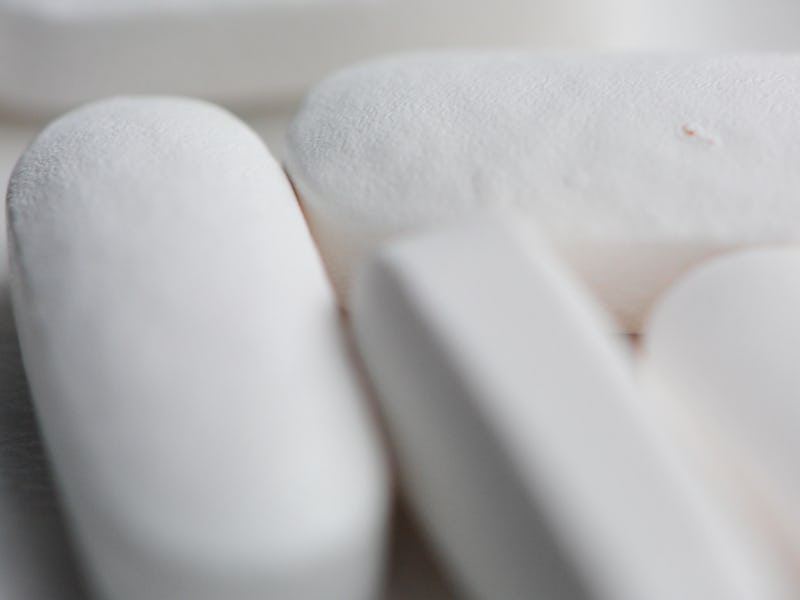This week, the Food and Drug Administration granted pharmaceutical company Marathon the exclusive rights to sell a drug called deflazacort in the United States. Patients use the steroid deflazacort, which Marathon markets under the name Emflaza, to treat Duchenne muscular dystrophy, the most common form of muscular dystrophy. In what has become one of the most predictable stories of all time, Marathon proceeded to increase the price of the drug from about $1,200 for a year’s supply to $89,000. The disease, which affects about 15,000 Americans, is deadly. And while deflazacort doesn’t cure or halt the disease, the drug can slow its progression.
Deflazacort has been available for decades, but since it wasn’t approved in the U.S., most families with children affected by DMD purchased it overseas. With Marathon’s approval, however, this practice will no longer be allowed, forcing families to figure out how to acquire the drug for their kids.
This is just one more in a long line of recent instances in which a pharmaceutical company has imposed a massive price increase on an old drug. In 2015 Martin Shkreli of Turing Pharmaceuticals raised the price of daraprim. In 2016 Mylan hiked up the price of the EpiPen. And in the beginning of 2017, Kaleo raised the price of its naloxone auto-injector. All of these products are life-saving drugs and devices.
This begs the question: Why does this keep happening? Unfortunately, there’s not one simple reason. In many cases, the way the United States’ medical system works allows drug manufacturers to set their prices, and Medicare is prohibited from negotiating with them. Therefore they can basically demand whatever price they want. In many cases, including the most recent one involving Marathon, pharmaceutical companies offer rebate and discount programs to help patients afford their drugs. But in the case of Emflaza, the annual cost to patients would still be $54,000 after these price breaks. That’s just below the median income for United States residents. That means half of the people in the U.S. could afford to buy Emflaza, but only if they bought nothing else the whole year.
Even though deflazacort is an old drug, Marathon has exclusive rights to sell it in the U.S. for seven years. The company received this designation under an FDA program that encourages pharmaceutical companies to seek approval for drugs that treat rare diseases. These so-called “orphan drugs” receive a special designation.
The medicine is not new, but Marathon receives exclusive rights for spending the time and money required to bring the drug to market. The orphan drug rule is in place to encourage companies to invest in drugs that wouldn’t otherwise be profitable. In return, drug companies receive accelerated approval for a future drug. They can also sell this privilege to another company for hundreds of millions of dollars. So while this particular program does have the benefit of treating diseases that companies might otherwise not bother investing in, some critics say it’s being abused and needs to be reformed.
In December 2015, even before some of these high-profile drug price hikes, Dr. Martin Makary, professor of health policy and management at Johns Hopkins University, said the FDA needed to reform the orphan drug program. He told Medscape Medical News that companies are “gaming the system” and “getting taxpayer subsidies for blockbuster drugs.” With these drugs, the combination of government subsidies and the profits from the drug sales result in massive profits for the companies. So while the orphan drug program is meant to encourage companies to develop drugs for underserved populations of patients, the end result is hardly a public service.
